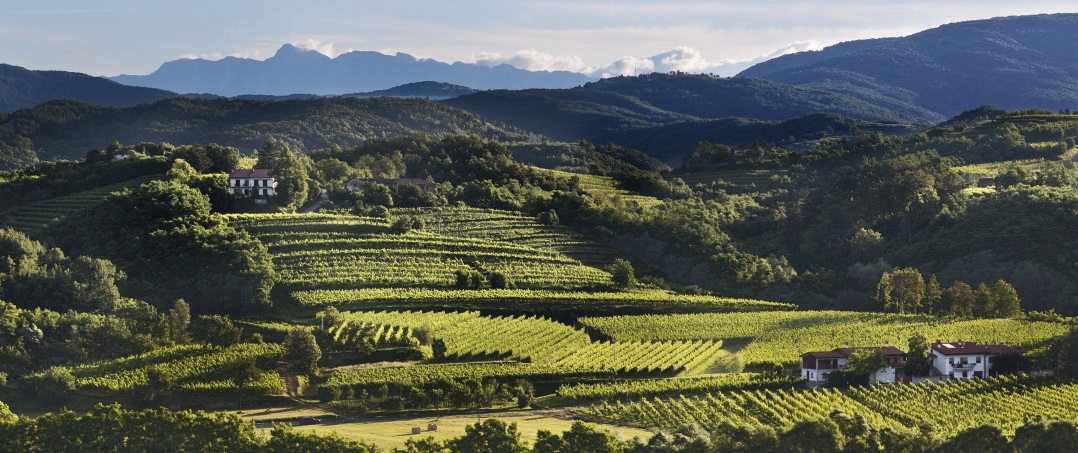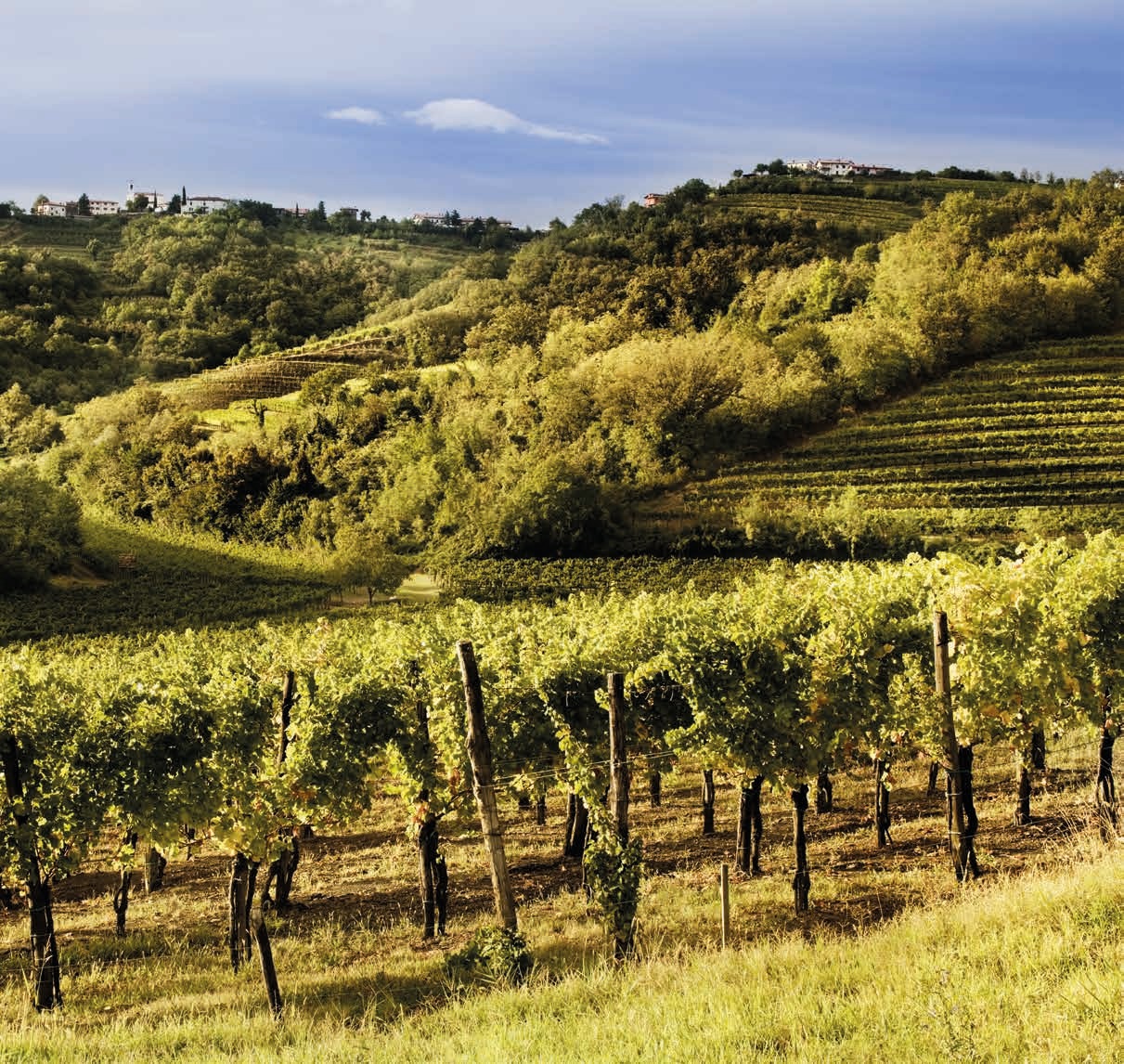RIBOLLA GIALLA – The vineyard Friuli – Introduction
Eleven denominations of origin for the “Friuli Vineyard” which covers an area of over 16 thousand hectares. 24,000 employees take care of it, following all the stages of production from the vineyard, to the cellar, to the bottle and to the market. A vineyard that for 35% is located in a hilly area, for the remaining part in flat land; in both cases – with the sole exception of Prosecco – the production can not exceed 85 quintals of grapes per hectare. Friuli-Venezia Giulia exports 43% of the production (more precisely: the part of bottled production) in the neighboring German-speaking countries, but it is becoming known, thanks also to an excellent job of promotion, in the more distant (and difficult) markets in North America and Asia. It is a reality, the regional one of wine, made for the most part by small and very small companies, only in some cases capable of guaranteeing a production with significant numbers; but the “Friuli Vineyard”, despite its many small numbers, manages to put together 85 million bottles of denomination of origin. It is, that of Friuli Venezia Giulia, a territory that boasts an important winemaking tradition and with important and recognized qualities; in particular, it boasts a record that is difficult to discuss in the Italian white wine sector. Another point of pride is the vast heritage of autochthonous vines of great and recognized quality: 10 different varieties, all included in the production specifications because they are considered not only the synthesis of the wine territory relationship, but also, given the success and the indissolubility of the binomial , the safe resource of tomorrow, already rewarded today by a market that is discovering it.
The “Vigneto Friuli” has, however, made itself known above all thanks to the excellent results achieved by the best international varieties of white grapes, which have found their home in this fortunate corner of Italy. The Doc areas that cover the largest surface are the flat areas (Annia, Aquileia, Grave, Isonzo, Latisana); their names are always preceded by the word Friuli. These areas are characterized by alluvial soils, whose components are mixed with pebbles and pebbles in sandy-clay soils, rich in mineral salts. The hill denominations, more contained in terms of surface but full of charm and history, are straddling the province of Udine and the province of Gorizia, in the eastern part of the region. Hill soils are formed by layers of marl (calcareous clay) alternating layers of sandstone (calcified sand). The small Docg Carso area, located in the province of Trieste, is a limestone plateau with earth brought back over the rocky layers. The wine production in Friuli Venezia Giulia was traditionally based on “monovarietal” wines, ie obtained by vinifying separately (“in purity”) each type of grape. The assemblies are a more recent trend (since the 90s). Whether they are white or red, these wines express their “terroir” at the highest levels, that is the magic combination of soil, climate and vine that in every wine brings, almost as a signature, the unique and unmistakable expression of its area of origin



